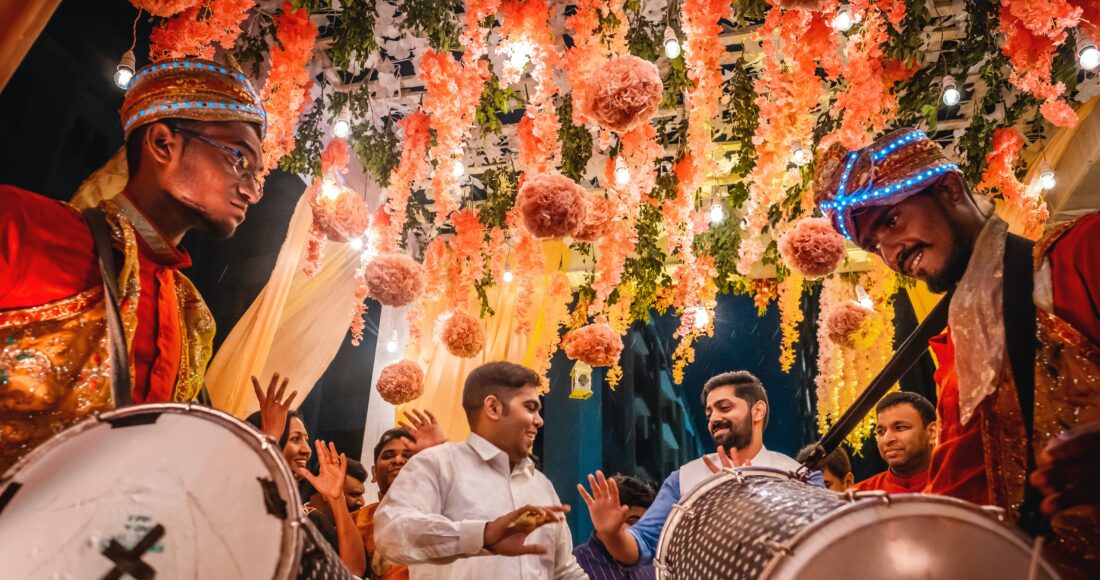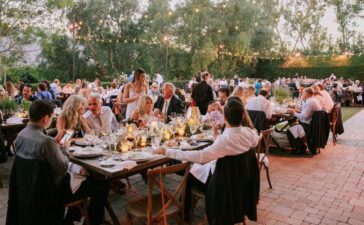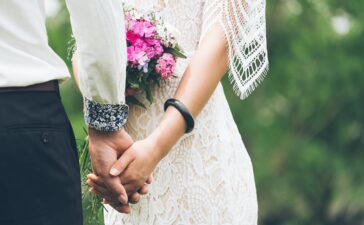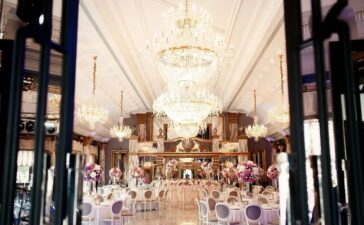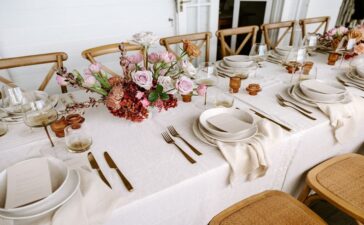As Hinduism is the main religion followed by the maximum number of people in North India, marriages here are held according to the rituals mentioned in ancient Hindu scriptures. All these marital traditions are mentioned in the Indian wedding invitation cards so that guests can join all the pre and post wedding functions.
- Wedding date is fixed – The preparation of a wedding starts with the fixing of the wedding date. Usually, Hindu astronomical almanack or Panjika is consulted by priests to declare an auspicious date that will be most convenient for both families of the bride and groom.
- Haldi – Turmeric paste is applied on the face and other exposed body parts of the bride and groom at their respective houses on the morning of the wedding day. In some places, sandalwood powder and rosewater are also added to make this paste more effective in making the bride and groom look beautiful.
- Sangeet – Both the families of the bride and groom join to celebrate the Sangeet ceremony, one or two days before the wedding. They sing and dance together to celebrate this marital union. Some families hire DJs to play joyous tunes for this occasion.
- Mehendi – This is a traditional pre-wedding ritual where the bride’s hands and feet are adorned with henna paste. Wonderful designs can be created by a Mehendi artist with this herbal paste, which further adds to the beauty of the bride.
- Barat arrival – The groom arrives at the wedding venue riding a white mare or a decorated car, accompanied by a grand procession. All his friends and relatives join this procession, singing and dancing to the tunes played by a band.
- Mandap – The wedding is conducted at the beautifully decorated Mandap created at the centre of the wedding venue. The bride’s brother personally supervises its décor and the arrangement for lighting the holy fire for Homam at this Mandap.
- Ganesh pooja – The wedding ceremony begins by worshipping Lord Ganesh, whose blessing is essential to ward off all obstacles during the entire ceremony.
- Varmala – The bride and groom exchange floral garlands thrice, which is the first phase of a Hindu wedding. These garlands are called Varmala or Jaymala, from which this ritual is so named.
- Kanyadan – The bride’s father offers her to the groom officially, by placing the bride’s hand on the hand of the groom. He requests the groom to accept her as his wife through this ritual.
- Saptapadi – The bride and groom move seven times around the holy fire or Homam while corners of their clothes are tied together. They take seven vows as mentioned in the Sanskrit scriptures, to love, respect, and look after each other, as well as take care of the family together.
- Sindoor – The groom puts Sindoor or vermillion over the parting of the hair on the bride’s head. Sindoor is the mark of a Hindu married woman and thus, it is an important ritual of the Hindu wedding.
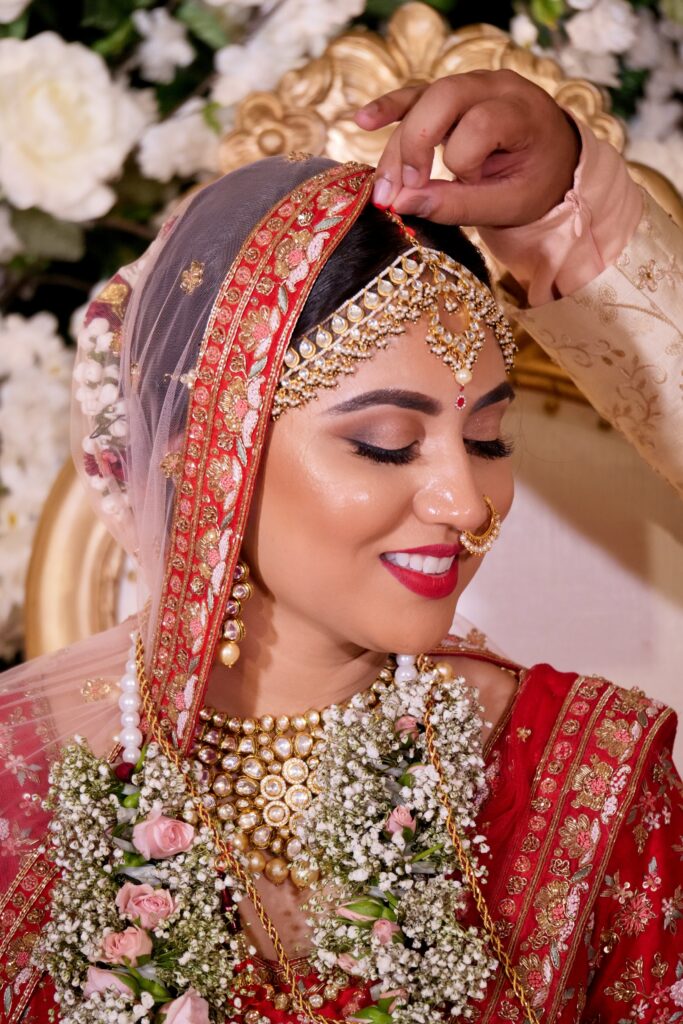
Image Resource: unsplash.com
- Mangalsutra – The groom also ties a Mangalsutra around the neck of the bride, as the last wedding ritual. Mangalsutra is a string of black beads arranged on cotton threads dyed in turmeric, which is another significant mark of a married woman.
- Vidaai – The bride and groom start at the groom’s house after all the wedding rituals are over. The bride and her family members become very emotional at this time, as she leaves her home for the first time to live with her in-laws. She throws a handful of rice thrice backward to her mother, as a mark of repaying her debts to her parents.
Therefore, North Indian weddings are happily conducted by a Hindu priest, to complete the marital union between the bride and groom.
Image Resource: pexels.com

